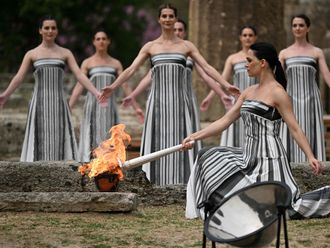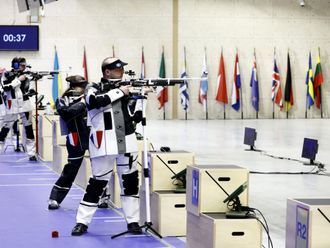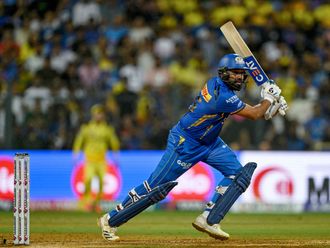The English Channel is a unique and demanding swim, considered by many to be the ultimate long distance challenge for swimmers.
It isn’t just the distance that is the challenge, but more, the variable conditions that you are likely to encounter during the swim. These may vary for mirror like conditions to wind force 6 and wave heights in excess of 2 metres.
The water is cold and you are strongly advised to acclimatise to it, there is a good chance of meeting jellyfish, seaweed and the occasional plank of wood.
During the swimming season (July to September) you may expect the temperature to range from 14 to 18 degrees Celsius. July starts off cold..... August has the best of it..... September can cool off quickly if the air temperature drops! Additionally, the nights are noticeably longer in September. 2012 was a particularly bad year and night time temperatures in August and September sometimes plummeted to 6-8 degrees C.
It is one of the busiest shipping lanes in the world with 600 tankers passing through and 200 ferries/seacats and other vessels going across daily.
On the successful completion of crossing the Channel swimmers will receive an official letter of acknowledgement once your Swim has been ratified. You may then, if you wish, buy an official Channel Swimming Association (man-made) ‘Vellum’ Certificate to commemorate the achievement. Certificates are, where possible, presented at the Annual Dinner, usually held early in November.
The English Channel is a part of the Atlantic Ocean, and it separates the island of Britain (part of the UK) from northern France and joins the North Sea to the Atlantic Ocean. It is today one of the busiest shipping lanes on the planet. It’s approximately 350 miles long, and at its narrowest in the Strait of Dover. It’s somewhat shallow, with an average depth of less than 50 meters between Dover and Calais.
— Source Channel Swimming Association











